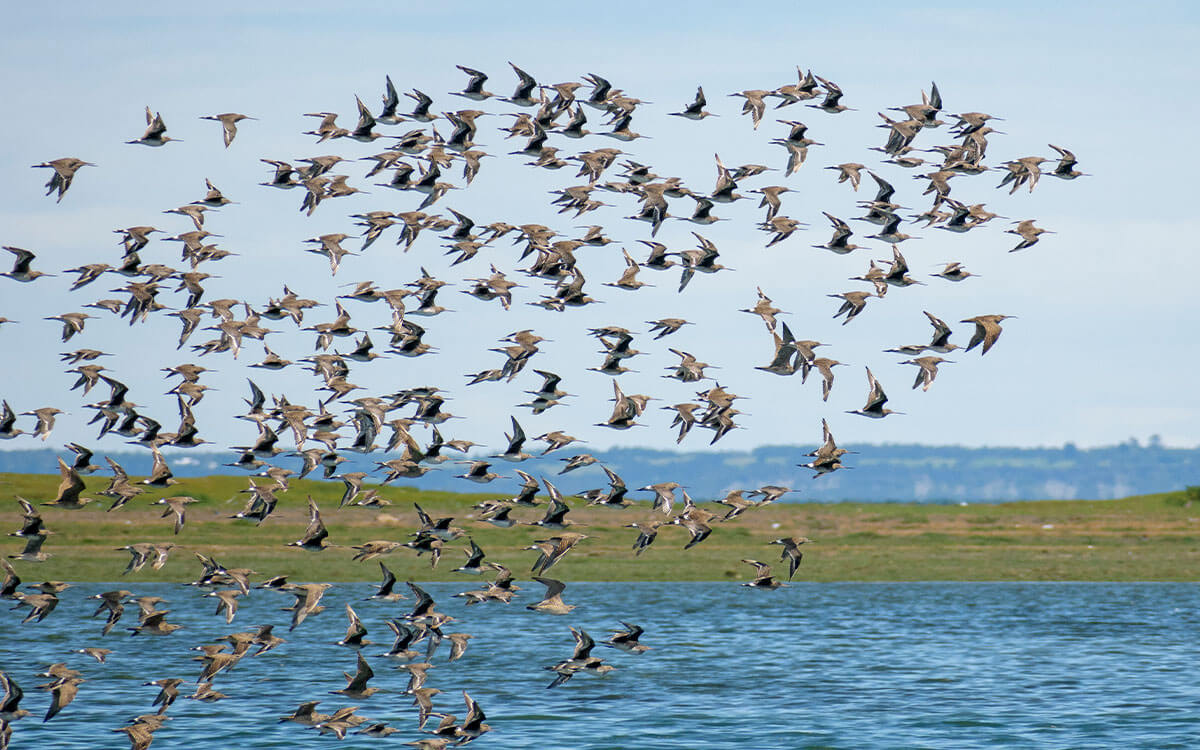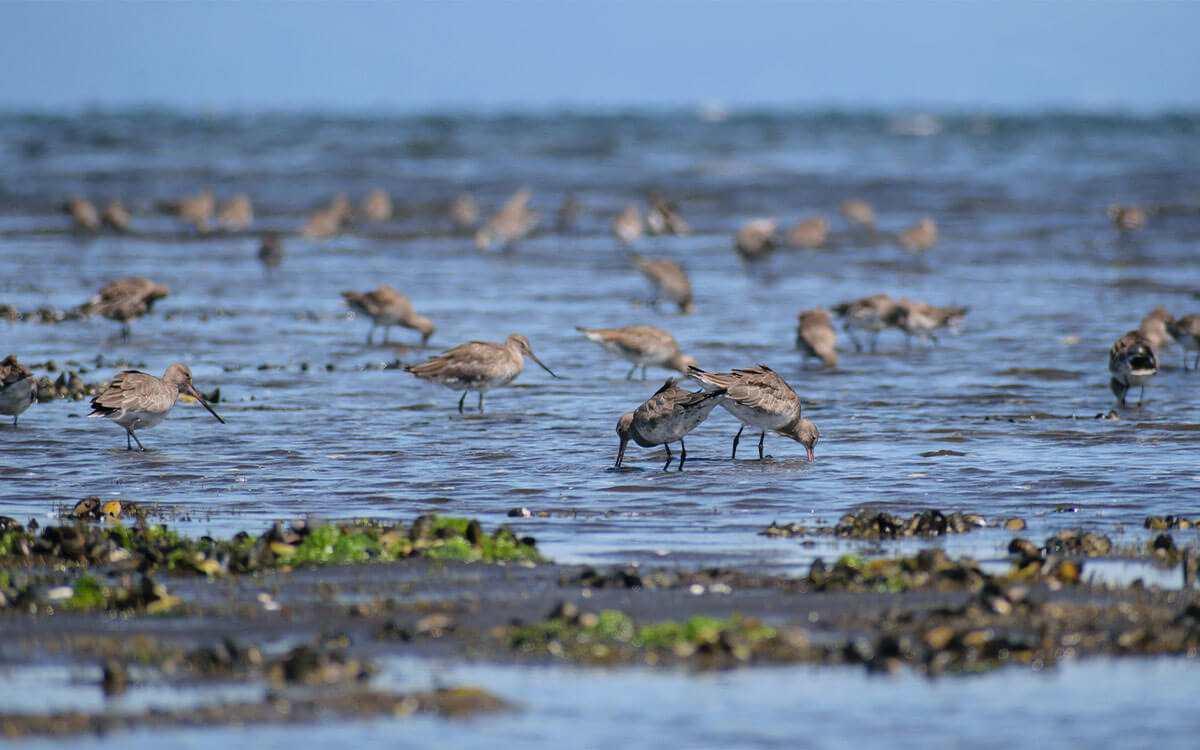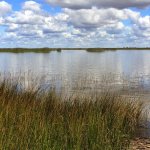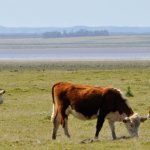The WHSRN Executive Office is pleased to announce Humedal Marino de Chamiza, as a WHSRN site of International Importance in Chile and welcomes this site to the network.
The site is located at the mouth of the river of the same name, at the Carretera Austral, in the Puerto Montt commune, Los Lagos Region, Chile. It covers an area of 4,361 acres (1.765 ha).
The site is at the interface of the estuary of the Chamiza River (which flows from the Calbuco Volcano) and the inland sea of the Reloncaví Basin, forming a highly dynamic space as a result of the tidal currents and nutrient cycling. The intertidal plain is inhabited by a great diversity of species of marine and coastal flora and fauna, and migrant and resident shorebirds form an important part of this system.
Chamiza is one of the widest coastal intertidal wetlands in southern Chile and is part of a system of wintering sites used by the Hudsonian Godwit (Limosa haemastica). This system includes Chamiza, the Maullín wetlands (humedales de Maullín), Calbuco, and eastern wetlands of Chiloé island (humedales orientales de la isla de Chiloé). This site was approved by the Hemispheric Council of the WHSRN, under the category of International Importance, as it is host to more than 10% of the biogeographical population of the Hudsonian Godwit. This species breeds in the tundra of Alaska, from where it migrates annually to winter in the humedales de Chamiza, a round-trip of approximately 18,500 miles (30,000 km).


The Humedal marino de Chamiza is host to more than 10% of the biogeographical population of the Hudsonian Godwit. Photos: Daniela Díaz.
The site was nominated by the Fundación Conservación Marina (Marine Conservation Foundation), with the support of the Rilon Kawin Association of Communities (Mapuche first nation) and the Dirección General del Territorio Marítimo y Marina Mercante (General Directorate of the Maritime Territory and Marine Commerce) of the Chilean Navy, through the local Maritime Government. The request was also supported by the Red de Observadores de Aves y Vida Silvestre de Chile – ROC (Chilean Network of Bird and Wildlife Observers), the Regional Secretariat of the Environment Ministry for the Los Lagos region, the Agrupación Gayi, the Willilafquenche community, the Municipality of Puerto Montt, the NGO Alerce Andino, and the Fundación Sembrando la Chispa.
With the inclusion of Chamiza, WHSRN now has 112 sites in 18 countries, 6 of these in Chile.
Congratulations to the partners and welcome Humedal Marino de Chamiza to the Network!
Cover Photo: Humedal marino de Chamiza WHSRN Site. Photo: Gabriela Contreras.






